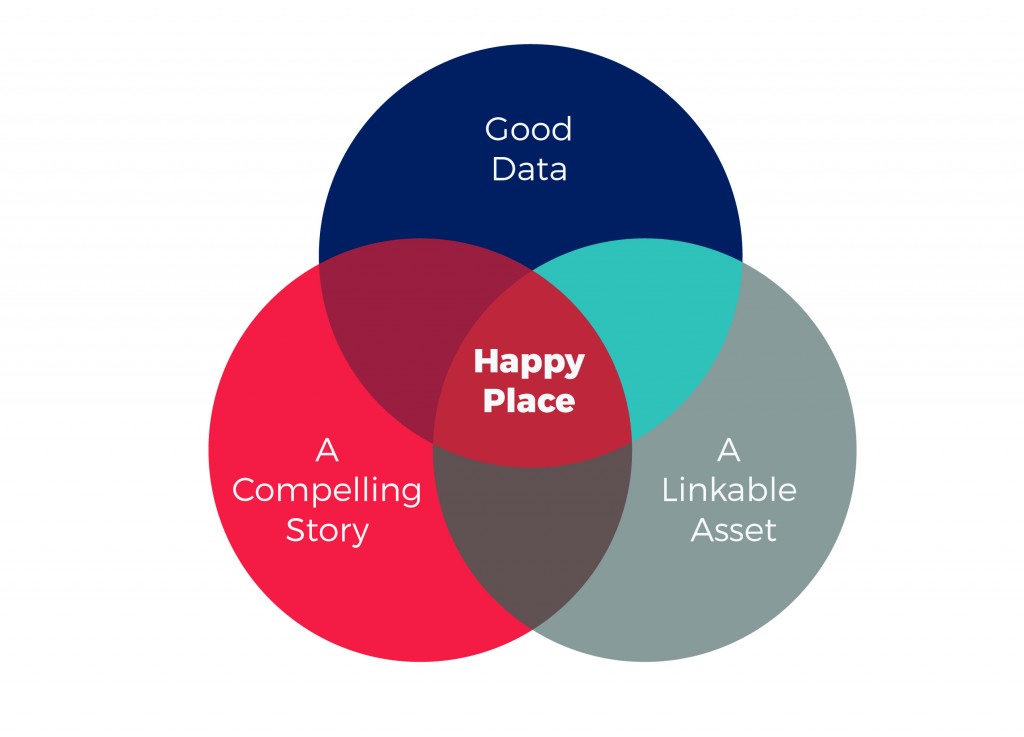Three core elements for link-building with data

For a number of years we’ve advocated using new data to tell stories that build backlinks and visibility.
Five years ago, in January 2011, we used data from our Google Analytics accounts to tell the story of mobile web growth.
We updated the data eight months later and, in total, generated links from more than 100 domains as a result.
Since then we’ve had success with a number of data-driven campaigns.
And we’ve come to learn that three core elements do most to determine the success of your link-building efforts.

1. Good data
Over the last five years we’ve identified at least five different sources of data that businesses can use to their benefit.
From Freedom of Information requests through to commissioned surveys, customer databases and your own web analytics data, good data can be gathered from lots of different directions.
But what makes good data?
If you’re commissioning serious surveys, use reputable market research suppliers and pay attention to your panel size – you’ll need a minimum of 1,000 respondents for your findings to be credible in the eyes of journalists.
But it’s not just about your supplier and your panel size.
You’ll also need…
2. A compelling story
If getting good data is your first step, finding a compelling story hidden among that data is a definite second stage.
You cannot succeed without a story that demands attention and drives social shares.
Journalists, bloggers and publications that might provide your backlinks don’t simply cover data – they need a story.
To identify if your story is compelling, try to achieve as many of the following qualities as possible: timely (don’t pitch a Christmas story at Easter!), relevant (to the publication or journalist you’re targeting), new, unexpected, local, and full of human interest (does your story provoke an emotion? If not, start again).
3. A linkable asset
Why would a journalist link to you instead of just mentioning you as the source of the data they’re quoting?
That’s the question you’ve got to answer.
And having something on your site that tells the reader more, adds value, or is a relevant addition to the story, is a solid start.
Whether it’s the raw data, or a tool that helps solve the problem the data reveals, create something that will influence publishers to link to you – and release it at the same time as your data findings.
Want to know even more?
Give your content marketing another boost by getting our three content marketing cheat sheets, five free digital marketing ebooks – and our weekly content marketing newsletter.
You’ll immediately receive 144 pages of expert insight straight to your inbox.
Yes! Get My Five Free Ebooks Now…

Get 123 pages of expert advice straight to your inbox.
-
Apps (46)
Content Marketing (67)
Digital PR (1)
Integrated Marketing (3)
Multi Screen (12)
News (99)
PPC (2)
Search (120)
Tecmark (70)
Uncategorized (2)

About the Author


